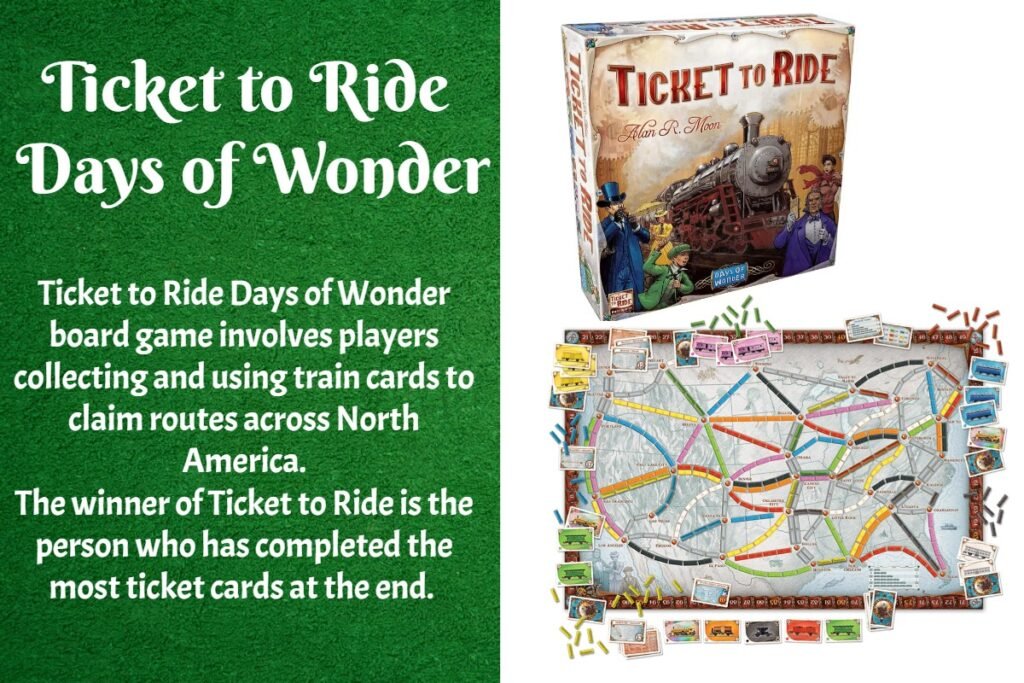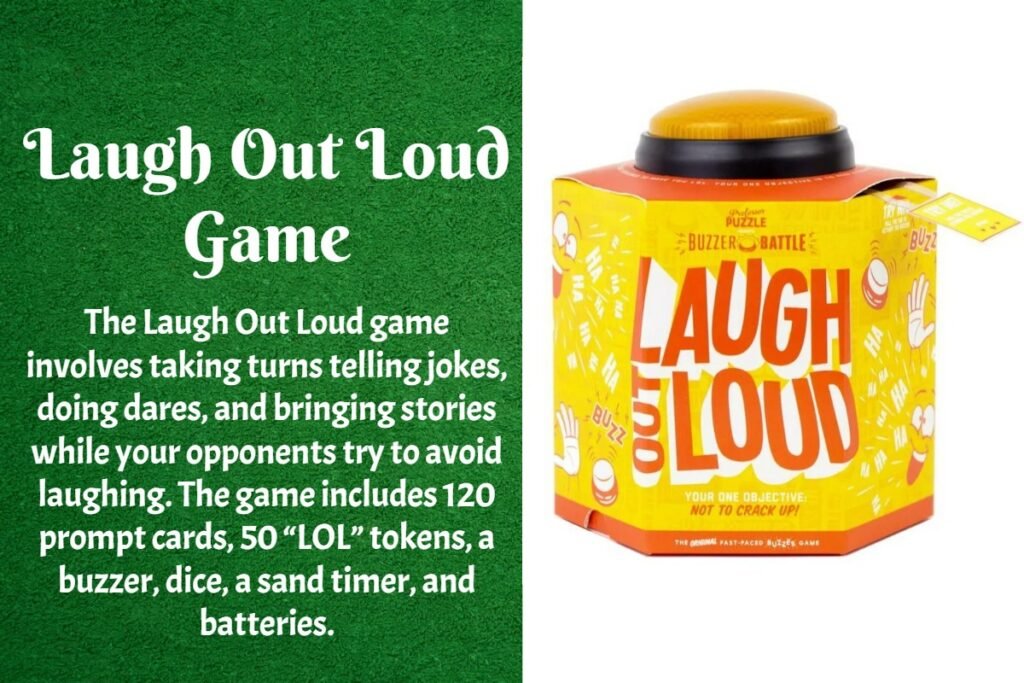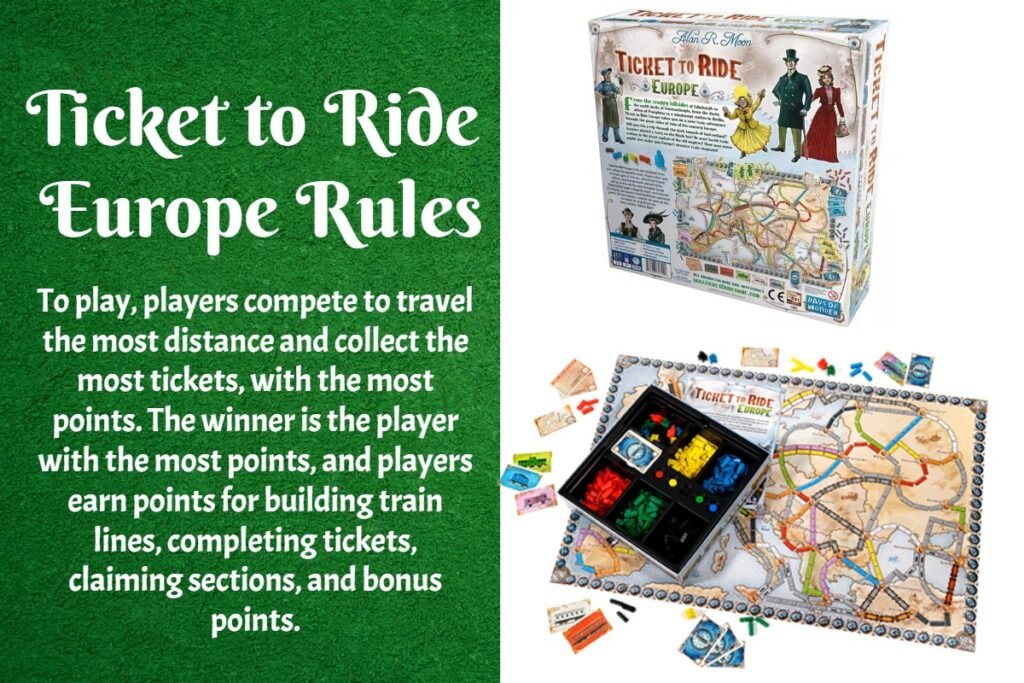Chinese Checkers, revered for its simplicity yet strategic depth, holds a unique spot on our gaming shelves. A perfect blend of competition and fun, it has introduced countless people to board games. However, there is a realm of games as entertaining and beneficial as this chequered favourite out there for you to explore.
Five classic games similar to Chinese Checkers are Halma, Checkers, Go, Backgammon, and Chess. Halma is a direct predecessor, while the others share strategic, board-based, and competitive elements, focusing on positional play, capturing, or maneuvering pieces across a board to achieve a goal.
Classic Games Like Chinese Checkers
Here is a list of five classic games similar to Chinese Checkers — Draughts, Backgammon, Xiangqi, Aggravation, and Othello. Each of these timeless treasures combines the captivating charm of Chinese Checkers with an added educational spin making them perfect for young, pulsating minds.

Chinese Checkers Alternative Games
Quick Overview:
- Draughts: Known as Checkers in the US, this British favourite is a simple yet strategic game of movement.
- Backgammon: With roots tracing back to ancient civilizations, Backgammon is a thrilling game of contrary movement.
- Xiangqi: Often called “Chinese Chess,” it’s a cultural staple that holds the crown for the most popular game in China.
- Aggravation: Fulfilling its name, this fun family board game tests patience and ensues laughter.
- Othello: Under its seemingly simplistic gameplay, it packs a punch of strategy and skill.
Stay with us as we dive deeper into the mystical world of classic board games. Each section further dissects these games by providing a brief history, rules, and how playing them nurtures various skills. So, let the games begin!
Draughts: The British Version of Checkers
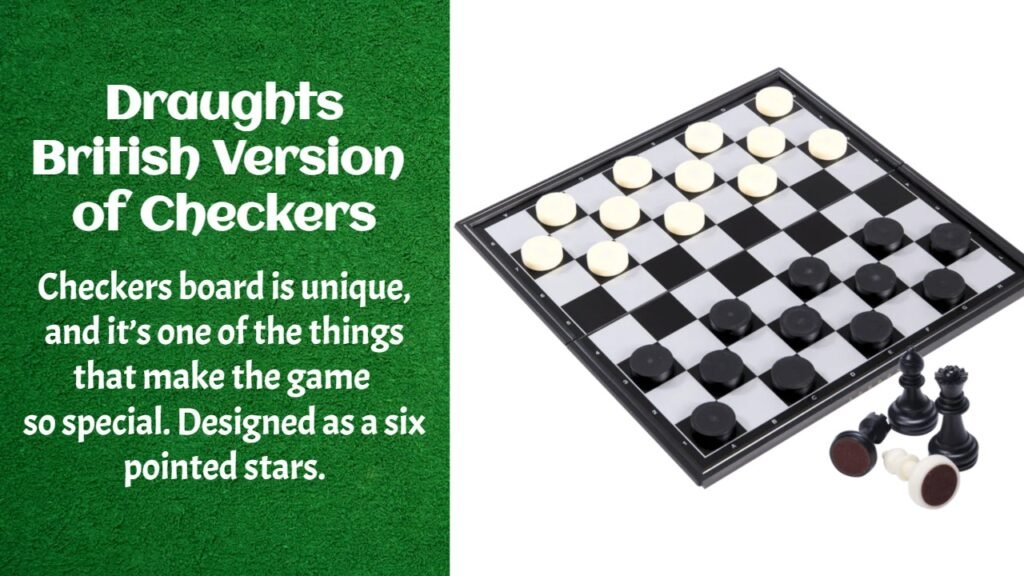
As you’re interested in games like Chinese checkers, draughts might be just what you’re looking for. Known as checkers in the United States, this traditional board game is a popular choice for both children and adults alike.
Brief History and Origin of Draughts
Draughts is a game of ancient origin, with pieces for this traditional board game said to have been found inside the Sphinx. The name Draughts comes from a verb for movement, highlighting the game’s core mechanics, as opposed to being named for the chequered-style board of differentiating coloured spaces.
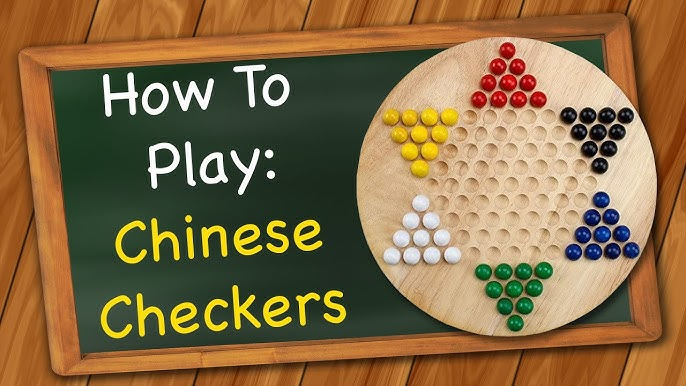
How to Play Draughts
This game is typically played on an eight-by-eight chess board, although there are common variants played on 10×10 and even 12×12 boards. The rules for draughts are quite straightforward, making it an excellent starter game for new players.
Backgammon
Backgammon is a classic board game that has been enjoyed by players around the world for centuries. If you’re on the hunt for games like Chinese checkers that also offer a blend of strategy and chance, backgammon could be a fantastic choice.
Brief History and Origin of Backgammon
Believed to be one of the oldest games in existence, backgammon traces its roots back nearly 5,000 years to ancient civilizations in the Middle East. The game has evolved over the centuries, but its core elements of strategy and luck have remained consistent, making it a timeless classic.
How to Play Backgammon
Backgammon is a two-player game where the goal is to move all of your pieces, or ‘checkers’, off the board while preventing your opponent from doing the same.
The board consists of 24 narrow triangles, known as ‘points’. These points are grouped into four quadrants of six points each. Each player starts with 15 checkers placed on the board in a specific arrangement.
Players move their checkers in opposite directions based on the roll of two dice. The strategy lies in deciding which checkers to move and when, as well as in blocking your opponent’s checkers.
If a player’s checker is blocked and then hit by an opponent’s checker, it gets sent back to the start. This adds an extra layer of strategy as players must balance progress with the risk of being sent back.
In the Mancala Board Game Rules and Instructions article, we discussed a game that also combines strategy and chance in a simple yet engaging format. Feel free to check it out for more ideas on educational board games.
Xiangqi: The Most Popular Board Game in China
Brief History and Origin of Xiangqi
Xiangqi, often referred to as Chinese Chess, is an intriguing board game that has deep roots in Chinese history. Its name translates to ‘elephant game’ in English, a nod to the elephant pieces used in early versions of the game. Although the exact origins of Xiangqi are not clear, it’s widely accepted that it has been a part of Chinese culture for centuries, with evidence of the game being played as early as the Song Dynasty (960-1279 AD).
How to Play Xiangqi
Xiangqi is played on a 9×10 grid and, similar to western chess, each player controls an army of pieces with the ultimate goal of trapping the opponent’s general. Unlike chess, the game features unique pieces like cannons and a river that divides the board.
The general is confined within the palace, a 3×3 area in the center of each player’s side of the board. Each player also has two advisors, two elephants, two horses, two chariots, two cannons, and five soldiers.
The game begins with the pieces arranged in specific positions on the board. Players take turns moving one piece per turn, with the aim of trapping the opponent’s general. Each piece has its own rules for movement, adding a layer of complexity to the game.
For a more detailed guide on how to play Xiangqi, you can refer to our Xiangqi guide.
Aggravation
Aggravation is a classic board game that many families have enjoyed for generations. Like Chinese checkers, it has a simple premise but offers a depth of strategy that can keep players engaged for hours.
Brief History and Origin of Aggravation
Aggravation was first introduced in 1960 by CO-5 Company. The game quickly became popular due to its easy-to-understand rules and engaging gameplay. It’s a race-style game where the goal is to move all of your game pieces from the start to the home base before your opponents. The game gets its name from the “aggravating” moves players can make to hinder their opponents’ progress, adding an element of strategy to the otherwise luck-based game.
How to Play Aggravation
The rules of Aggravation are simple and straightforward. Each player has four pieces that they need to move around the board and into their home spaces. The game board features a Pop-O-Matic die roller in the center, which is used to determine the number of spaces a player’s piece can move.
If a player rolls a six, they can move a piece from the start area onto the board, or move a piece that’s already on the board six spaces forward. Rolling a six also grants an extra turn. Any other number allows a player to move their piece the corresponding number of spaces forward, but they can’t start moving a piece from the start area unless they roll a six.
One of the exciting features of Aggravation is the ability to “aggravate” other players by landing on their pieces, which sends those pieces back to the start area. This adds a competitive edge to the game, as players must balance advancing their own pieces with blocking their opponents.
To win, a player must be the first to move all four of their pieces into their home spaces. However, they must roll the exact number needed to reach an open home space; they can’t move backward or skip spaces.
Othello Board Game
Often compared to chess for its strategic depth, Othello is a classic board game that has been enjoyed by players around the world for decades. Also known as Reversi, Othello is a game of cunning and strategy, making it another excellent choice for fans looking for games like Chinese Checkers.
Brief History and Origin of Othello
The modern version of Othello was invented in 1883, but the game’s roots trace back to the ancient board games played in the Roman Empire. The game as we know it today was popularized in the late 20th century and has since gained a global following.
How to Play Othello
Othello is a two-player game played on an 8×8 grid. Each player takes turns placing discs with their color facing up. The goal is to flip your opponent’s discs by trapping them between two of your own. At the end of the game, the player with the most discs facing up is declared the winner. Simple to learn but challenging to master, Othello promises a strategic and engaging gameplay experience. For more detailed instructions, we recommend our comprehensive guide on how to play Othello.
Conclusion
At Learning Board Games, we’re dedicated to helping you discover the perfect game for your family. From detailed game rules to comparisons and reviews, we’ve got all the information you need to make an informed choice. Check out our other articles for more great game recommendations and tips to make your gaming experience even better.
Frequently Asked Questions
What are the Common Game Pieces Used in These Games?
The common game pieces in these board games vary widely, but they typically include tokens or pieces that symbolize each player’s position on the board. For example, in Draughts, we use round, flat pieces called “men” or “checkers”, while Backgammon utilizes 15 pieces known as “checkers” or “men” for each player. Xiangqi uses flat, round pieces inscribed with Chinese characters representing different military ranks, Aggravation uses marbles, and Othello uses disk-shaped pieces that are white on one side and black on the other.
Are There Any Free Versions of These Games Available Online?
Yes, many classic board games, including those similar to Chinese Checkers, are available to play for free online. Websites such as Pogo, Coolmath Games, and MSN Games offer free versions of various board games, including Backgammon and Draughts. Additionally, apps like Monopoly Go provide a mobile gaming experience where you can roll the dice, move around the board, and compete with other players.
What are Some Other Games Similar to Chinese Checkers?
There are plenty of other games that are similar to Chinese Checkers. This includes abstract strategy games like Arimaa, Breakthrough, and Dominoes. Interestingly, Triominos is a fun and challenging tile-based game similar to dominoes but with triangular tiles with numbers written on them. Moreover, if you’re looking for something a bit different, UNO is a fun, classic card game that can be played with friends or family.
Discover more from Learning Board Games
Subscribe to get the latest posts sent to your email.

